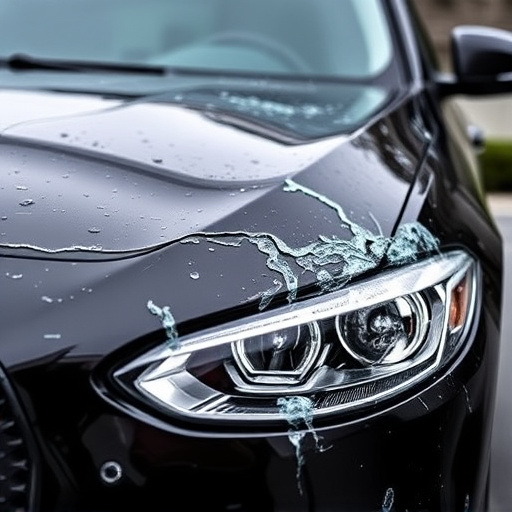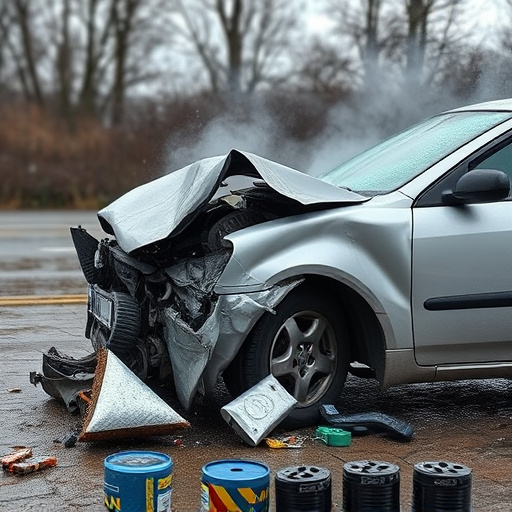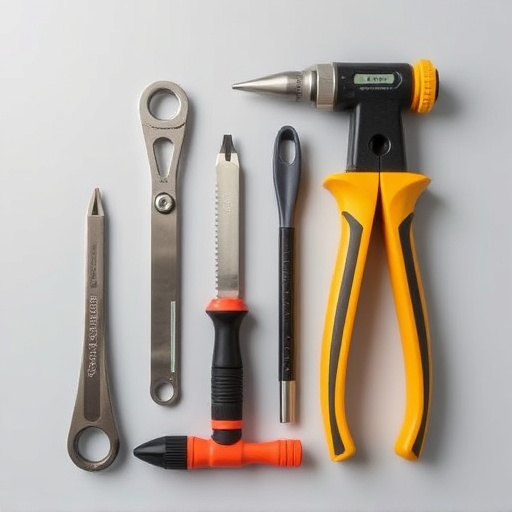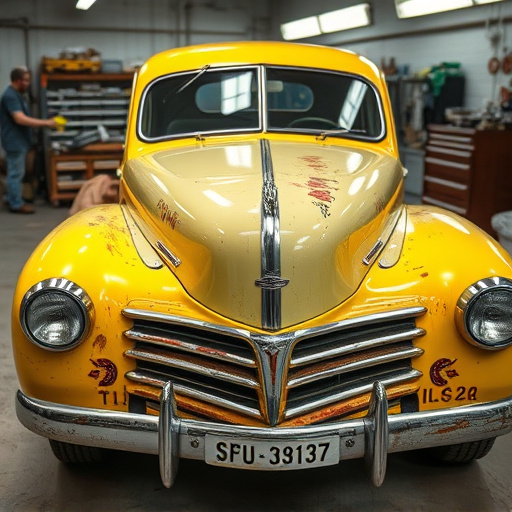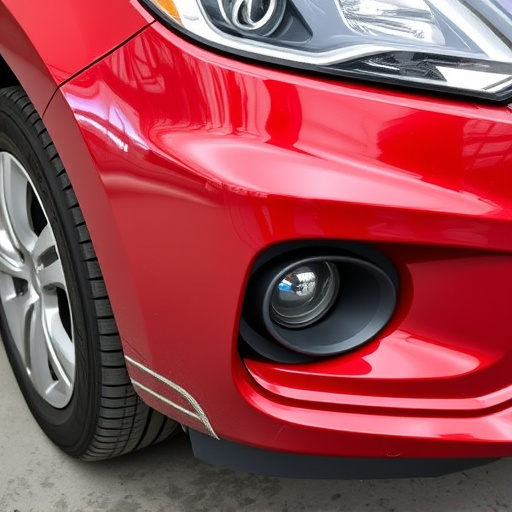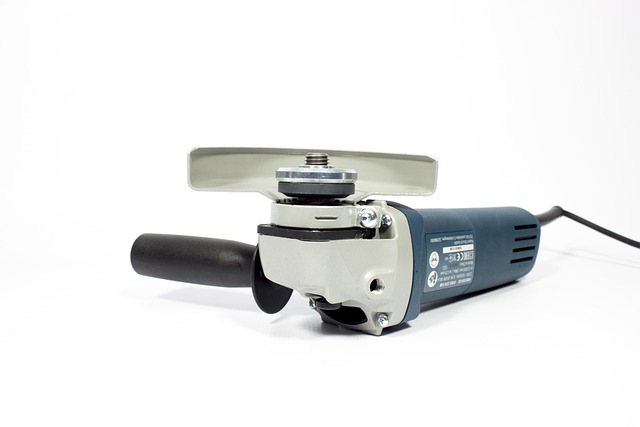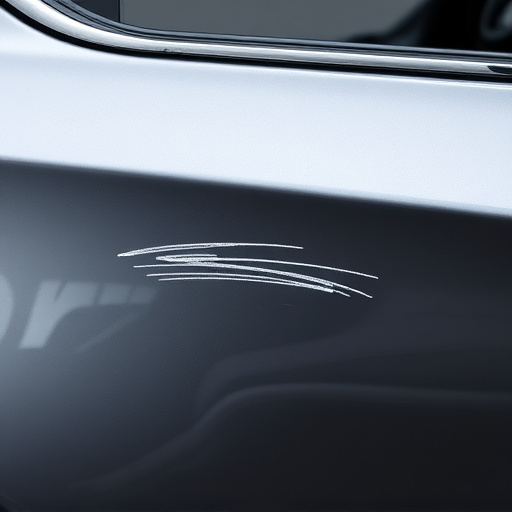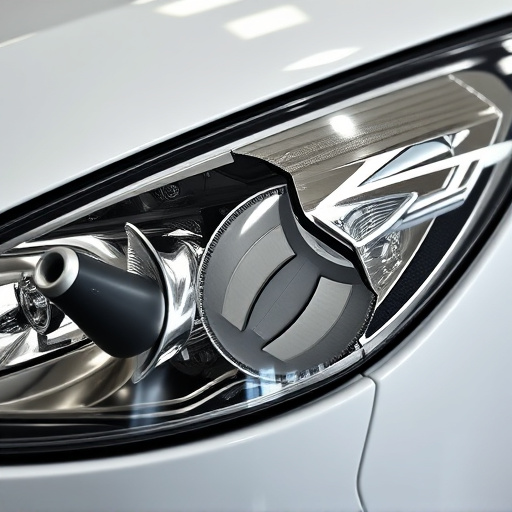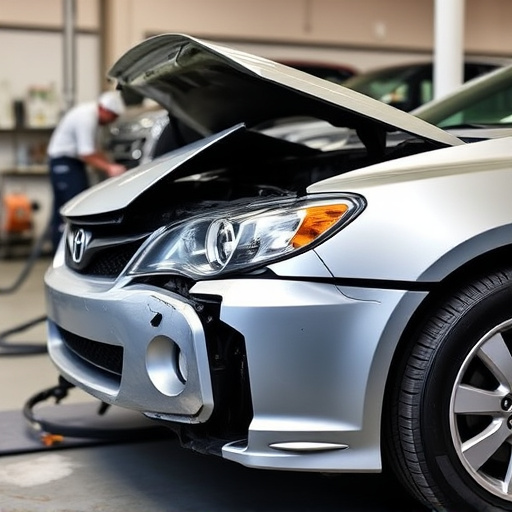Fiberglass panel repairs require a specialized approach, focusing on structural strength and aesthetics. The process involves inspection, molding/casting, curing, sanding, priming, and painting for seamless integration. Proper maintenance, including regular inspections, pH-neutral cleaning, protective coats, and sealing, extends repair lifespan. After repair, seal seams, monitor moisture, ensure adequate drying time between coats, and perform routine inspections to prevent water damage and maintain paint integrity.
Maintaining a successful fiberglass panel repair requires understanding the process and implementing proper care. This article guides you through the key steps of fiberglass panel repair, from preparation to final finishing. We’ll delve into post-repair care, offering essential tips for long-lasting results. Additionally, we’ll explore common issues that can arise and provide preventative measures. Achieve optimal fiberglass panel repair outcomes with these expert insights.
- Understanding the Fiberglass Panel Repair Process
- Post-Repair Care and Maintenance Tips
- Common Issues and How to Prevent Them
Understanding the Fiberglass Panel Repair Process

Maintaining a successful fiberglass panel repair requires understanding the unique process involved. Unlike traditional metal repairs, fiberglass repairs are designed to preserve the structural integrity and aesthetic appeal of composite materials. The process typically begins with inspecting the damaged area, preparing the surface by removing any loose fibers or debris, and applying an appropriate primer to ensure proper adhesion.
After the preparation comes the crucial step of molding or casting the repair patch using a mix of fiberglass resin and hardener. This involves carefully shaping the material to match the contours of the original panel. Once cured, the repair is sanded, primed, and finally painted to blend seamlessly with the surrounding surface, whether it’s for car dent repair, auto body restoration, or any other type of composite material damage.
Post-Repair Care and Maintenance Tips

After completing your fiberglass panel repair, proper care and maintenance are essential to ensure long-lasting results. Begin by regularly inspecting the repaired area for any signs of damage or wear. Fiberglass is durable but can be susceptible to environmental factors like extreme weather conditions, UV rays, and chemicals from car washes or cleaning agents.
Maintain a consistent cleaning routine using mild, pH-neutral detergents. Avoid aggressive scrubbers that might scratch the surface. For exterior repairs on vehicles, consider applying a protective coat or sealant recommended by professionals in auto body repair services. This step will shield the fiberglass from elements, enhancing its longevity and preserving the smooth finish. Regular care ensures your repair job remains flawless and extends the life of your car bodywork or any vehicle repair services undertaken.
Common Issues and How to Prevent Them

After a successful fiberglass panel repair on your vehicle, such as a car or truck, it’s essential to be aware of potential issues that could compromise the integrity of the fix. One common problem is water penetration, which can lead to rust and further damage. To prevent this, ensure all seams and joints are sealed properly using suitable sealant products designed for fiberglass applications. Additionally, regular washing and inspection of the repaired area will help catch any signs of moisture intrusion early on.
Another issue to watch out for is paint bubbling or cracking. This often occurs due to temperature fluctuations or improper application techniques during car paint services. To avoid this, allow sufficient time for the paint to dry completely between coats. Maintaining a consistent and optimal environment during the painting process, typically around 70°F (21°C) with moderate humidity, can significantly reduce the risk of defects. Regularly inspecting the repaired panel and surrounding areas will help identify any issues promptly, ensuring your vehicle’s car bodywork remains in top condition.
Maintaining a successful fiberglass panel repair requires both proper execution and ongoing care. By understanding the process, implementing post-repair maintenance tips, and being proactive in preventing common issues, you can ensure your repairs stand the test of time. Regular cleaning, inspection, and addressing any signs of damage early on will keep your fiberglass panels looking as good as new. With the right approach, achieving long-lasting results for your fiberglass panel repair is achievable.
